The winged wonders: Butterfly
- Nature Khabar
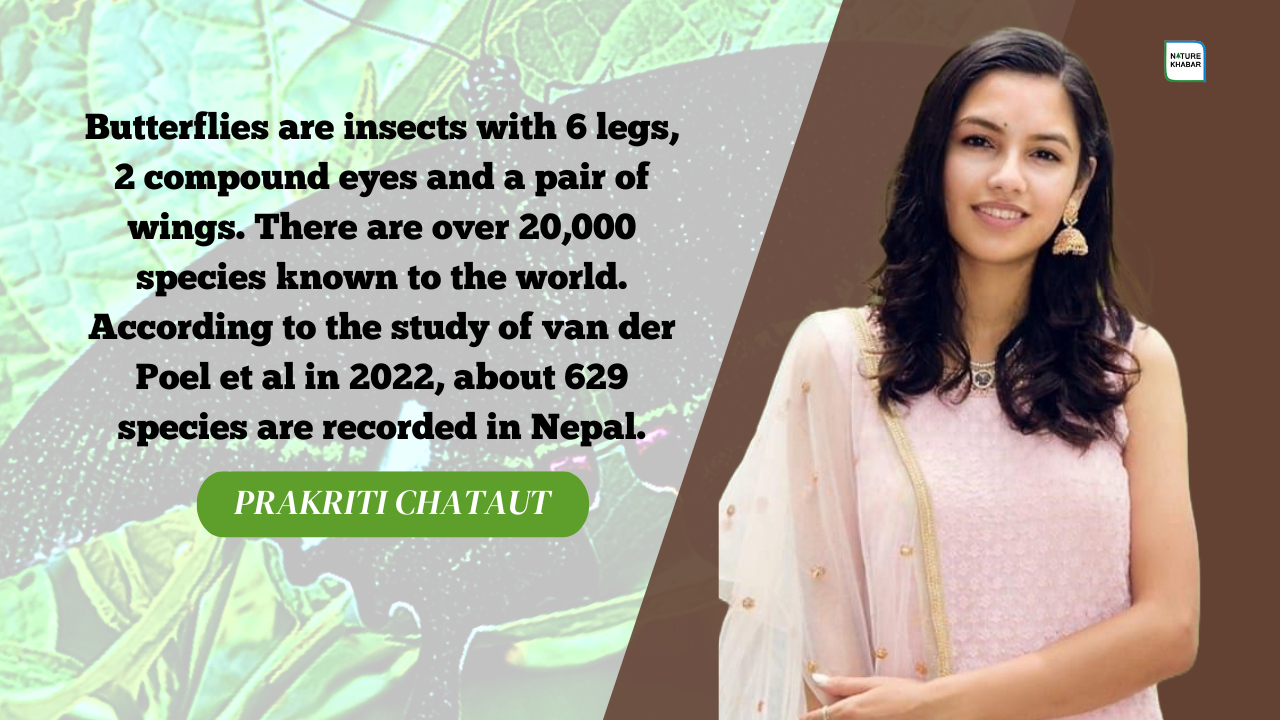
- Prakriti Chataut,
As the spring-time arrives, our gardens are once again being graced by the colorful winged wonders-Butterflies. Almost everyone has known or seen butterflies but how many of us have really taken time to observe their vivid patterns and striking colors?
Butterflies are insects with 6 legs, 2 compound eyes and a pair of wings. There are over 20,000 species known to the world. According to the study of van der Poel et al in 2022, about 629 species are recorded in Nepal. The presence of such large diversity in a mere 1% of Earth's land is due to the diverse topography of Nepal that ranges from the humid terai plains in the south to the rugged mountains in the North. Butterflies are cold-blooded organisms that need a minimum body temperature of 29.4°C (85°F) to fly. Hence they are seen roaming about and feeding on the flower nectars in the sunny afternoons but rarely on cloudy days and chilly mornings. Infect, some butterflies are seasonal migrants that travel long distances to avoid harsh winters. An excellent example is the Monarch butterfly of Neotropics that migrate from USA and South-east Canada to the Central Mexico in winter to avoid the harsh weather and lay breeding ground. Interestingly, the individuals die on the way and the next generation completes the migration returning back to the northin the summer.
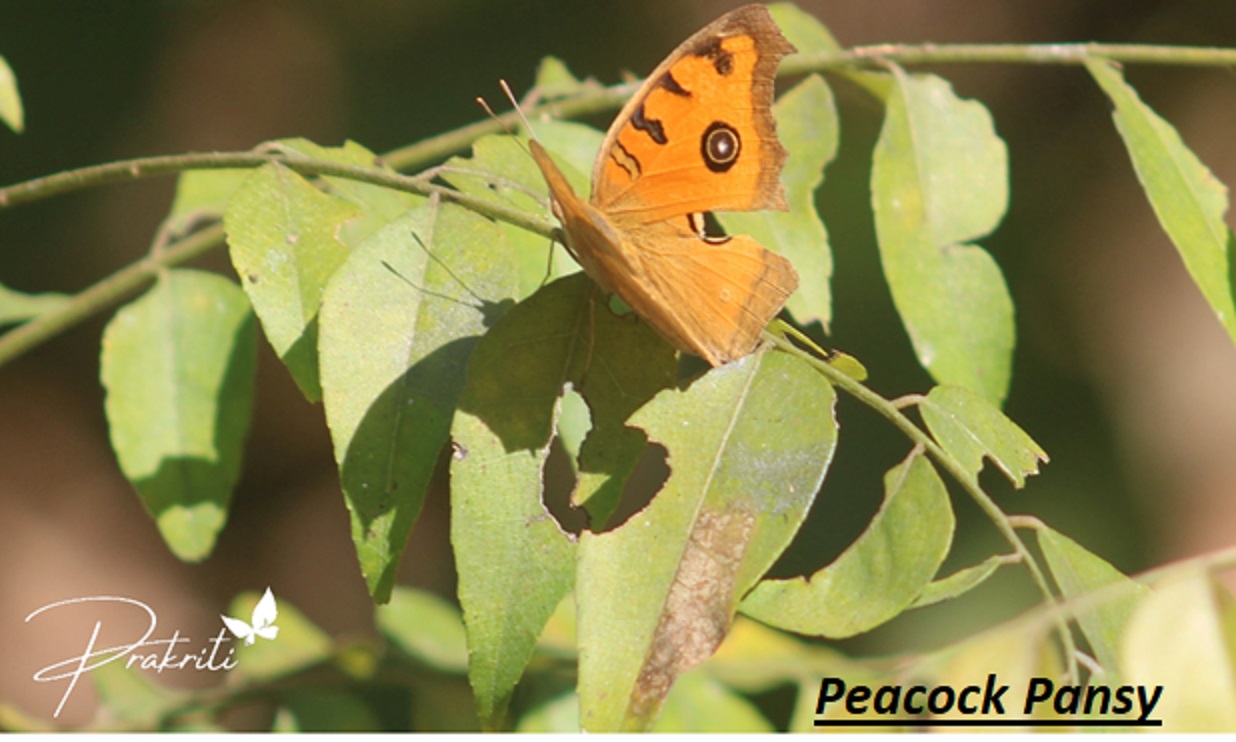
Butterflies are not just charimastic beings that decorate our gardens, but they also play an important role in our ecosystem. They are the ultimate gardeners of the world, that help the plantstoreproduce by transferring pollens to stigma in the process known as pollination. Imagine having to plant a million trees and grasses in the absence of these precious pollinators. They are the barometers of our planet's well-being, indicating the overall health of our ecosystem. They are highly sensitive to the subtle changes in temparature, humidity or the habitat quality. For example, fluctuations in temperature and rainfall patterns can affect the timing of butterfly emergence and the availability of their host plants, resulting in declining population or worse local extinction. Butterflies are very specific about their habitat preferences and the plant species they lay eggs on or feed nectar from. So, their presence in a certain area suggests the availability of their host plants in that area as well. For instance, if you see Lime swallowtail butterflies in an area, then it is likely that citrus plants which serves as their larval host plants are also present there.
Aside from theecological and scientific importance, theyare deeply embedded in our culture, traditions and literatures. In Nepal, butterflies are regarded as the symbol of good luck and fortune. They are the inspiration to many artistic expressions such as poems, paintings, sculptures, literature and performing arts. Their journey from eggs turning intobutterflies has become a symbol of perseverance, transformation, and rebirth.
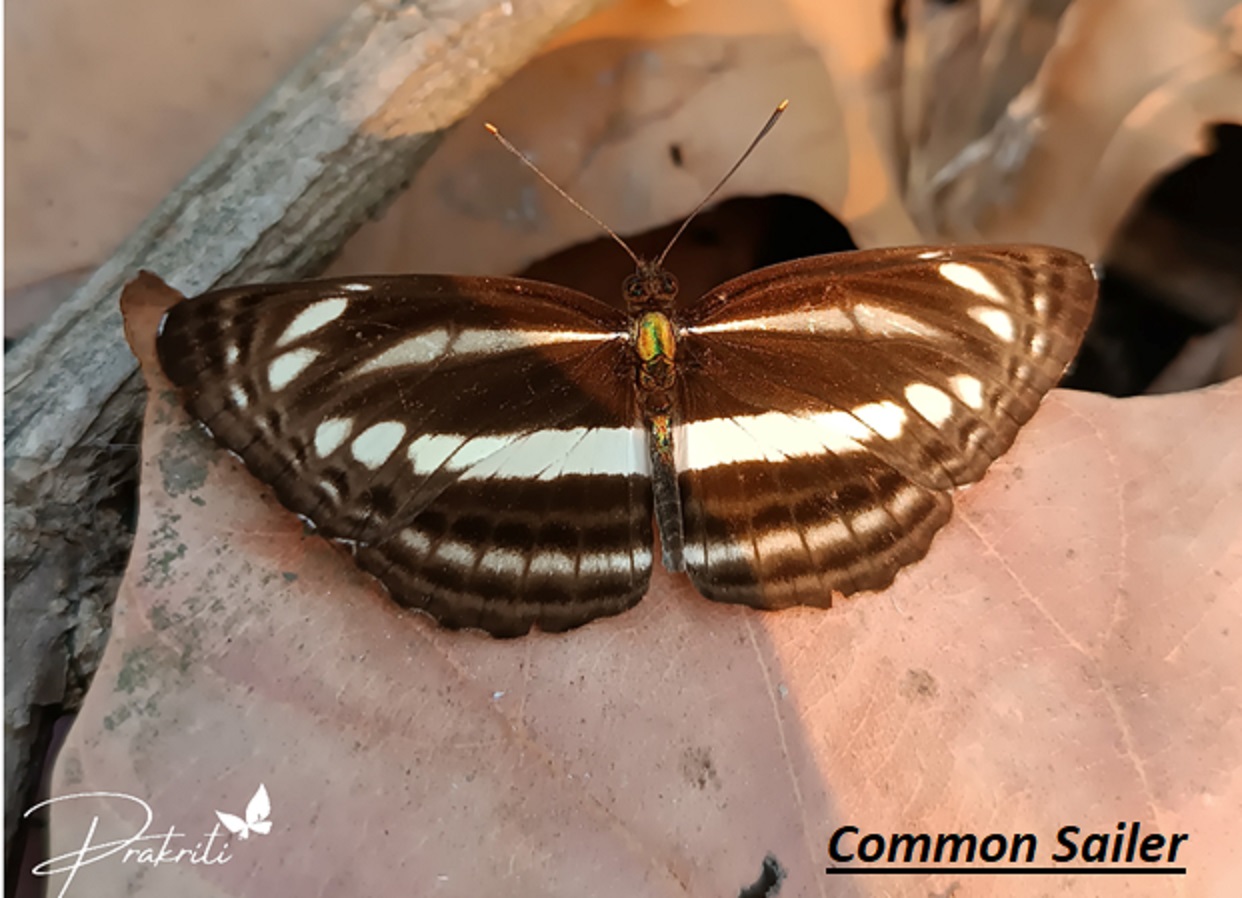
Despite holding such high scientific and cultural value, careless humanactivities such as deforestation, pollution, climate change, use of pesticides/insecticides, and invasive specieshas caused their number to quickly drop over time. We are destroying forests in a mass scale and replacing them with the concrete junglesleading to the loss of their crucial breeding grounds, foraging areas and host plants. Sadlythe little indigeneousvegetationsleft in the cities has been replaced with the exotic plants. Over the years, the use of pesticides and insecticides in our gardens and fields has increased rapidly. They poison the larvae and disrupt the reproductive behaviors. Climate change poses yet another significant threat to butterflies and their ecosystems. Climate-induced habitat changes, such as altered vegetation composition and range shifts, can lead to mismatches between butterflies and their preferred habitats, affecting their survival and reproduction.
Conservation of butterflies from an individual level comes with minimal effort. If we are city dwellers, we can establish roof gardens in our home and raise native indigeneoushost plants. We can conduct outreach activities such as public awareness, self-learning and exploring the butterflies of our community. A further step towards conservation may involve engaging with different organizations dedicated to conservation and research of butterflies and their habiat. Habitat restoration projects that focus on restoring degraded habitats, re-establishing native plant communities, and creating butterfly-friendly landscapes should be promoted. As any other wildlife, butterflies are not bound by the political boundaries that we humans have set, so national and international collaborations are necessary.
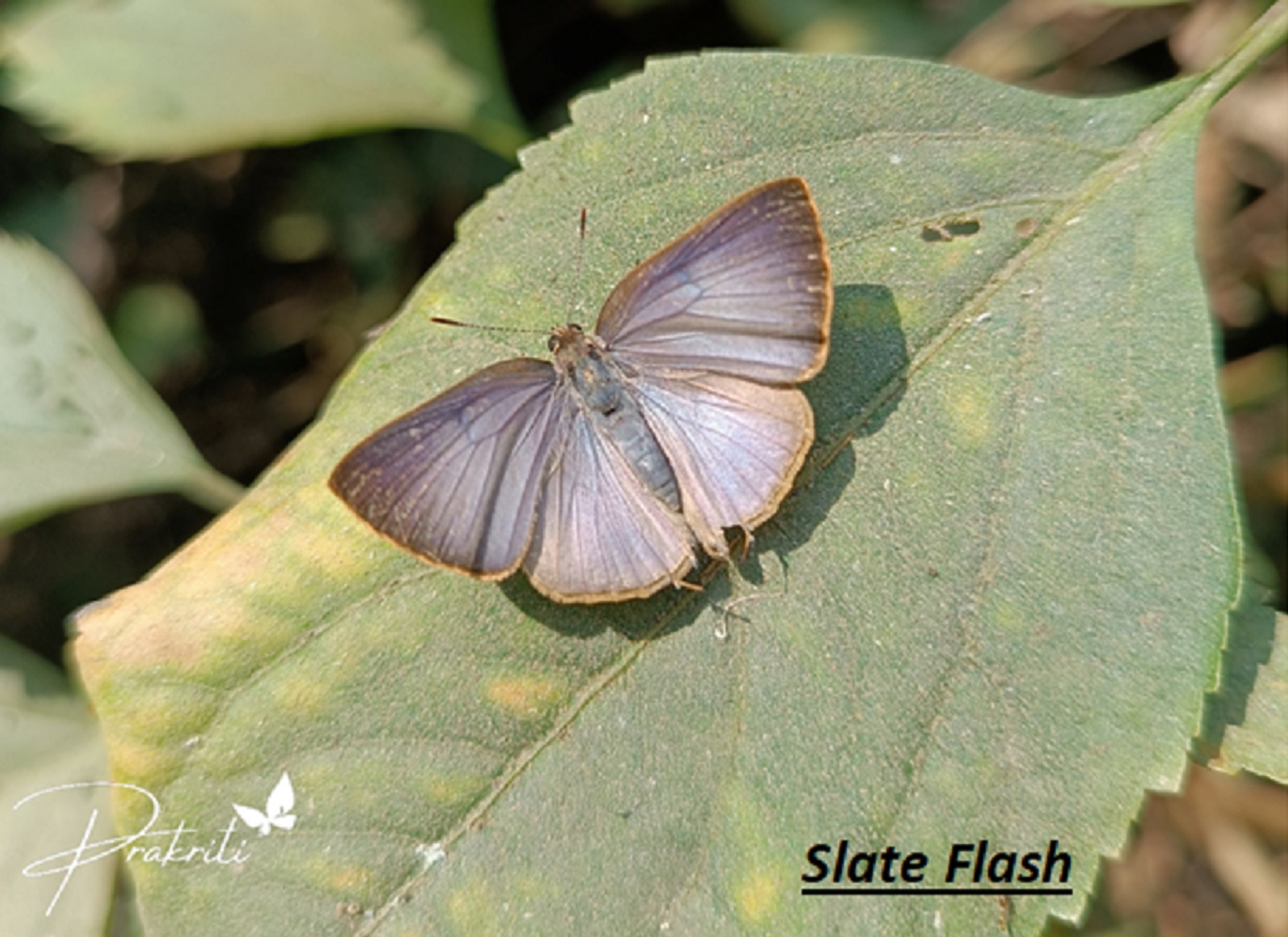
The challenges butterflies face are numerous, but our efforts can once again restore them as commonly seen insects. They are the national treausure that attract tourists if promoted correctly. Such heritage should be passed down to our future generations so that they also get the opportunity to appreciate and observe these beautiful creatures. So, lets join hands and work together for the conservation of butterflies.
(Chataut is student of Forestry Institute, Hetauda)
Mail: - prakritichataut232@gmail.com

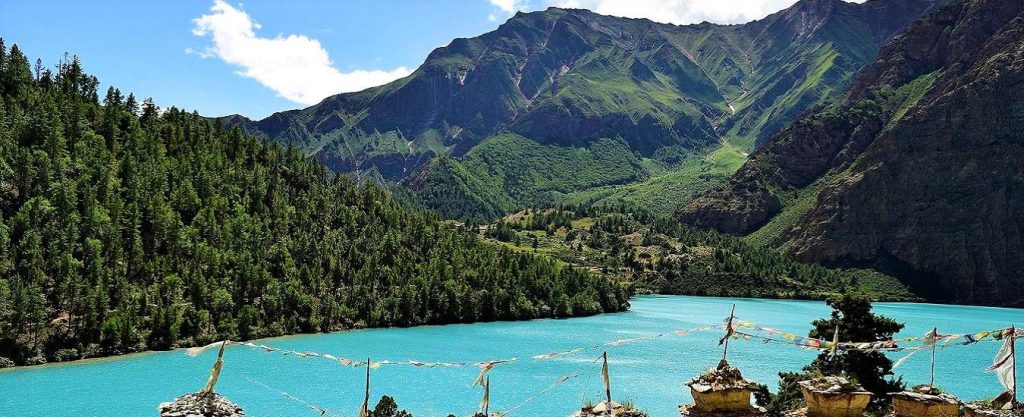
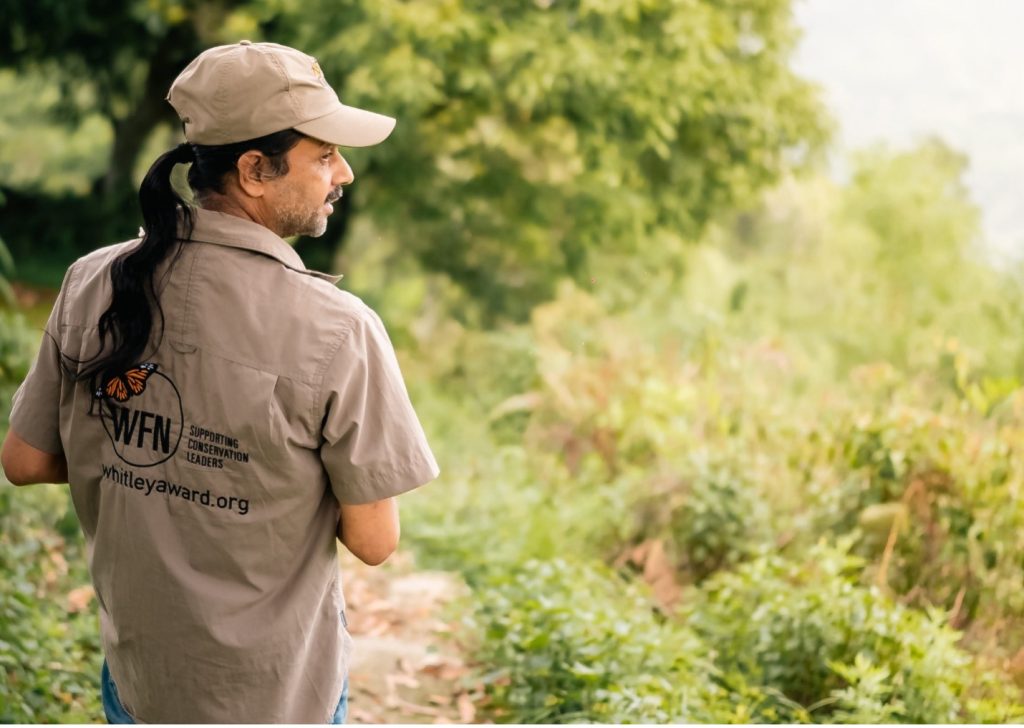


Feedback